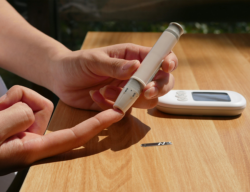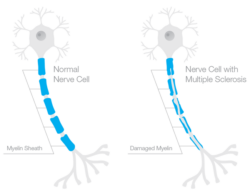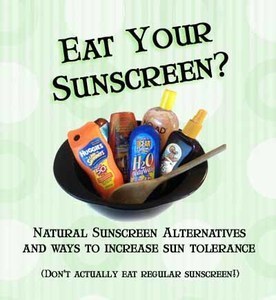It’s that time of year again: Signs advertising flu shots dot the commercial landscape. Retail pharmacy stores conveniently sell flu inoculations while shopping. Flu-shot kiosks at airports are common. Pharmaceutical companies produce flu vaccines in nasal-spray form for younger people and high-dose flu shots for older folks. When I think about this ambitious marketing campaign, my reaction is the same: adequate vitamin D3 levels may protect us from influenza as effectively as flu vaccines.
The “flu” is a highly contagious, respiratory disease caused by a type (or strain) of influenza virus. Influenza A, the most common flu virus, usually prevails during the autumn and winter seasons when the least exposure to ultraviolet B sunlight occurs. Seasonal flu vaccines comprise a mixture of the most predictive influenza viruses. However, the effectiveness of flu immunization can be called into question due to the uncertainty about which flu strain will emerge during the season.
Activated vitamin D3 has a profound impact on the immune system. Vitamin D3’s anti-viral and anti-inflammatory functions may lower of the risk of contracting or dying from influenza. To strengthen the immune system, activated vitamin D3 produces two peptides called cathelicidin and defensin that combat viruses. John J. Cannell, M.D., founder and Executive Director of the Vitamin D Council, and colleagues published a paper in the British journal Epidemiology and Infections that proposed low vitamin D3 levels are why the flu occurs more often during the winter. They also suggested that adequate daily vitamin D3 supplementation may reduce influenza symptoms. Subsequently, Dr. Cannell led a team of researchers who further examined vitamin D3’s mechanisms of action on epidemic influenza. Published in the February 2008 issue of the Virology Journal, the researchers confirmed the association between vitamin D3 deficiency and the seasonality of influenza.
From December 2008 through March 2009, researchers conducted a randomized, double-blind, placebo-controlled trial involving over 300 Japanese schoolchildren. Children who took a daily 1,200 IU supplement of vitamin D3 benefited from up to a 60 percent reduction in the influenza A infection rate during the darkest months of the year. Four times as many children in the placebo group developed the flu compared to the vitamin D3 group. (Note: A daily dose of 1,200 IU is quite low compared to current recommendations of vitamin D experts.)
More than 186,000 persons died from the H1N1 “swine flu” (a strain of Influenza A) pandemic in 2009-10. Months after the initial outbreak of the virus, University of Virginia researchers published an article in the Journal of Environmental Pathology, Toxicology and Oncology strongly recommending that “all healthcare workers and patients be tested and treated for vitamin D deficiency to prevent” the spread of the H1N1 virus.
A 2012 article published in the journal Critical Reviews in Microbiology reviewed data from randomized, controlled clinical trials to examine the impact of vitamin D3 supplementation in infectious diseases including influenza. The Dutch scientists indicated that vitamin D3 supplementation may prevent or possibly treat influenza viruses but noted that the optimal daily dosage regimen of vitamin D3 has yet to be determined.
A study published in the September 27, 2012 issue of the European Journal of Nutrition examined laboratory results of the treatment of bronchial cells infected with influenza A virus, specifically the H1N1 strain, with vitamin D3. The Indian researchers found that vitamin D3 reduced the severity of H1N1influenza.
Sales of vitamin D3 supplements have dramatically increased over the past several years.However, for the first time in a decade, worldwide sales of influenza vaccines decreased over $4 billion in 2011, according to Kalorama Information, a healthcare market research publisher. Could vitamin D3 awareness and consumption have contributed to the decline in the flu vaccine markets? Given the research, some in the medical community believe that vitamin D3’s antiviral and anti-inflammatory effects on the immune system may prevent influenza as well as potentially alleviate flu symptoms.
Copyright ©2012 by Susan Rex Ryan
All rights reserved.

























